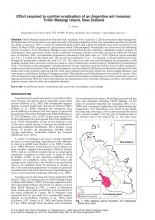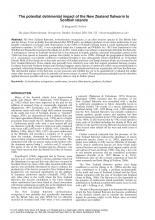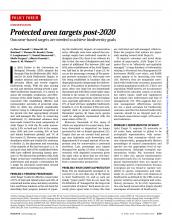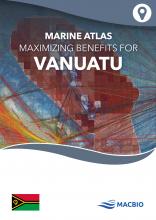Analysis of the secondary nest of the yellow-legged hornet found in the Balearic Islands reveals its high adaptability to Mediterranean isolated ecosystems


Island and Ocean Ecosystems, BRB
Available Online
Colomar, V.
,
Herrera, C.
,
Leza, M.M.
,
Marqués, A.
2019
The yellow-legged hornet (Vespa velutina) was detected for the ?rst time in the north of Spain in 2010, but was not detected in Majorca, Balearic Islands until 2015 and only one secondary nest, with 10 combs, was found in the northwest of the island. During 2016, nine more nests were found in the same region. To better understand the biology of V. velutina in isolated conditions, the following objectives were proposed: (I) describe the architecture and structure of nests; (II) analyse the shape of combs and develop a new method to con?rm the circular pattern of breeding; (III) determine the colony size and (IV) determine the succession of workers and sexual individuals throughout the season. For these reasons, nests that were removed were frozen for at least 48 days until analysis. Our results show that this species has a high reproductive potential under isolated conditions. Results reveal that parameters such as weight, height, diameter, number of cells and total individual production are directly related. Moreover, each mature nest can produce up to 9,000 individuals and several hundred potential founder queens. All results inform formulation of an e?cient control or eradication programme in the Balearic Islands, as we are in the early stages of invasion and intervention is essential to eradicate V. velutina on Majorca Island.









